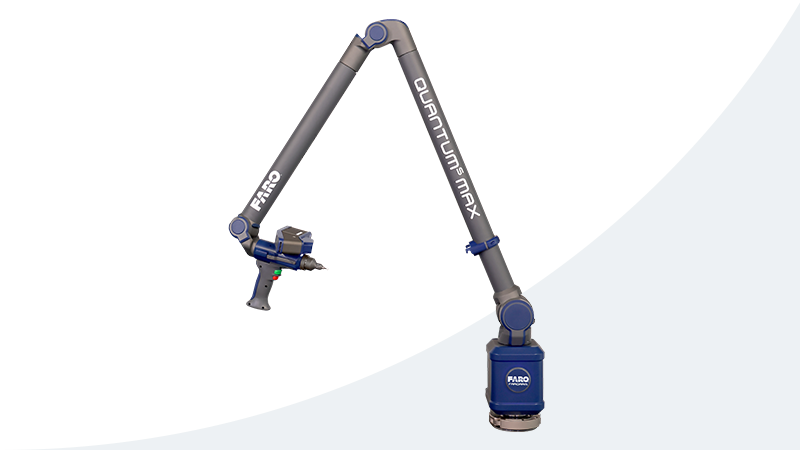In the today’s world, individuals have more access and available opportunity to high-powered weapons. Military personnel, dignitaries, politicians, power brokers and celebrities are all susceptible to potential damage inflicted. Ground, naval, and air flight modes of transport are all potential targets. As such, the need to more heavily armor existing passenger vehicles (both commercial and military) has greatly increased. In a similar vein, recent availability of advanced materials encourage the opportunity to replace legacy armored plates with lighter weight, stronger replacement armor.
Traditional armor enhancement or replacement projects are initiated by a site survey at the asset. Card board and paper templating techniques have traditionally been used to capture the feature relationships and complex contours of the body panel(s) in question. This approach has yielded less exact results than desired. Questionable data collection typically leads to multiple site visits and engineering delays in the design of the armor. This iterative cycle of data capture at the front of the process and multiple fit visits at the end of the process extends lead times and lengthens billing cycles.
Portable 3 dimensional contact measurement equipment such as the FaroArm and Laser Tracker permit the ability to capture spatially related feature-based data sets that can support the reverse engineering of these complex assets at the component or assembly level. Capture of plate shapes, contours, mounting locations, design envelopes and inter-relationships with other mating elements can quickly characterize the component level part and speed the design process. In certain configurations, this data can be collected directly into the CAD environment for modeling during the data collection process.
Likewise, portable non-contact solutions such as the FARO ScanArm and FARO Focus3D support dense point cloud data collection across complex contoured shaped parts and assemblies. Dense point cloud data sets also permit rapid and accurate archival of a legacy component or assembly for future reference. Data collected from any and all of these devices can be combined within the 3-D CAD environment for modeling of the asset.
The opportunity to travel to an asset in the field, accurately collect all of the necessary data in a single site survey and maintain the relationships between data sets and all references allows for multiple layers of return on investment:
- Minimize travel costs and time in the field. Legacy techniques typically require multiple trips to the field to acquire missing data and multiple fit checks prior to finalization of completed design.
- Reduction in design cycle time. Not only providing lower cost engineering hours, but also quicker time to market and earlier billing cycles (increased cash flow).
- Less scrap and rework as a by-product of more accurate data collection.
- Support for more dimensionally complex projects which are increasingly difficult with hand templating methods.
